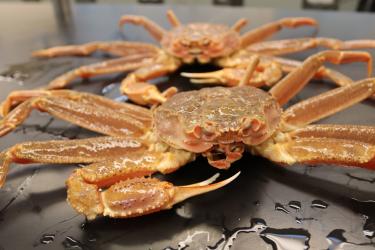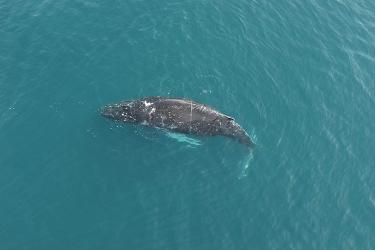The Challenge
The biological and catch composition data gathered by independent observers on fishing vessels play a critical role in stock assessments and fisheries management decision-making. However, on some vessels — like many North Pacific groundfish and Pacific halibut fisheries vessels — space for human observers is limited and safety is a concern. Although using electronic monitoring technology can alleviate safety and space concerns, it often requires a costly, time-consuming manual review of video and still image data. A collaboration between the Alaska Fisheries Science Center and the Fisheries Information System program is making progress in overcoming these hurdles.
The FIS Solution: Automated Video Analysis
The AFSC and FIS began working on a program to integrate EM technologies into fisheries-dependent data collection in 2013 as an alternative to onboard observers. The ultimate goal of the effort is to improve automation of video analysis and effectively integrate EM data into overall catch accounting.
Chief among the project’s objectives is to develop software that can automatically detect size and classify fish as they slide by on chutes or conveyor belts. Cameras triggered by sensors capture images that are later sorted by an algorithm into different classes of fish (or manually reviewed in cases of high uncertainty).
The Outcome: 94 percent accuracy
The AFSC piloted the system on a variety of vessels beginning in 2015 and 2016. The chute has been redesigned to be smaller and more portable, with vibration-resistant electronics and hardware incorporated as part of an increasingly robust construction. On the software side, with two years of data, the fish identification algorithm was able to reliably detect the most commonly imaged species with about 94 percent accuracy, and has identified 146 detected classes, including rare species.
The algorithm can now differentiate between species that pose a challenge even for in-person observers and is now being applied to measuring halibut bycatch as it is sorted from trawl catches.


